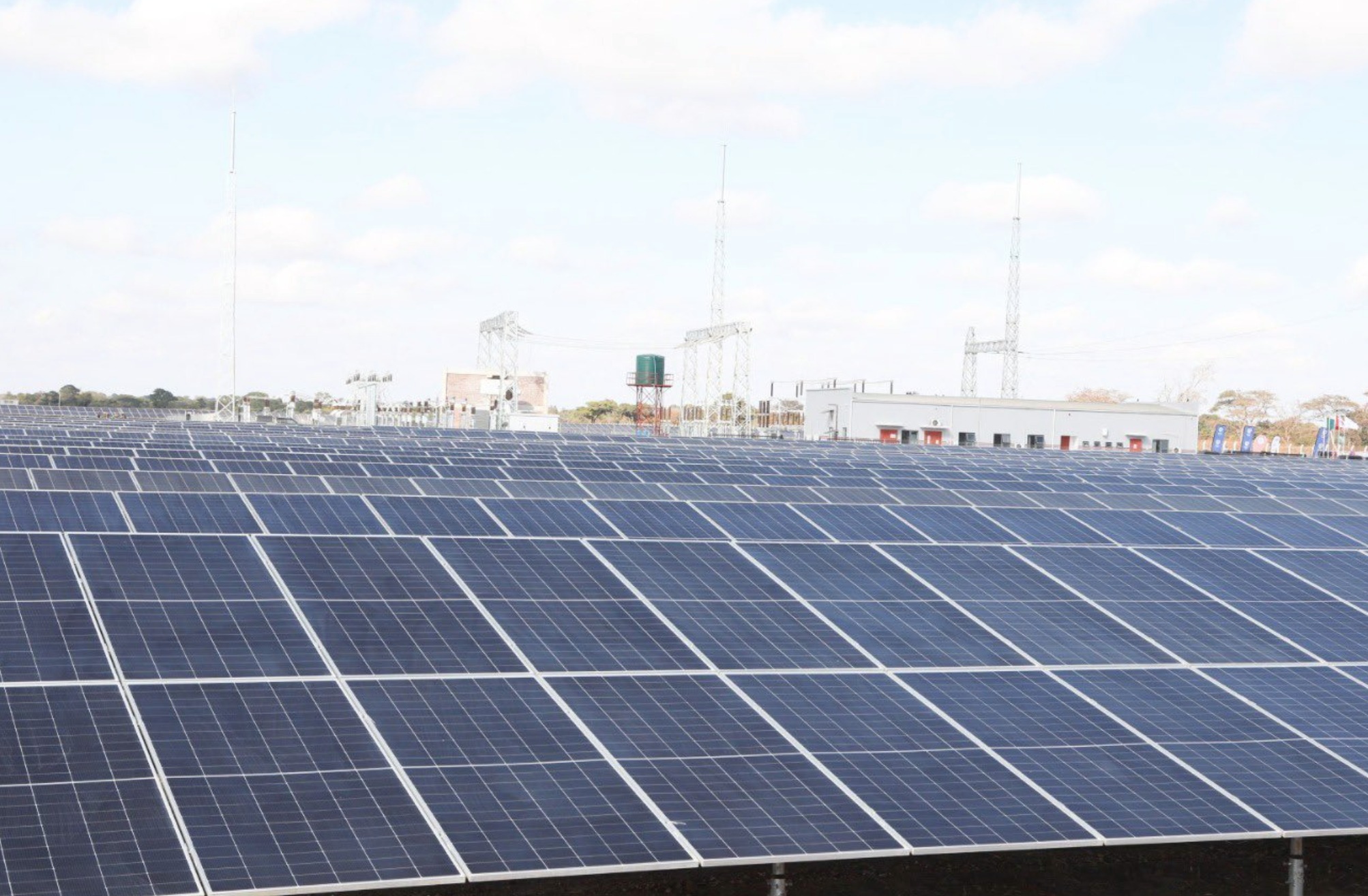Affordable and clean energy: Charcoal briquettes from coconut waste
The United Nations has put much emphasis on clean and sustainable energy, subsequently, its focus is set on achieving Sustainable Development Goal number 7 by investing in solar, wind, and thermal power, improving energy productivity, and ensuring energy for all by the year 2030.
Indeed approximately 3 billion people which is more than 40 percent of the world’s population rely on polluting and unhealthy fuels for cooking. Owing to these, Small Medium Enterprises like Kencoco Ltd. produce Eco-makaa Briquettes that are odourless and smokeless charcoal briquettes from recycled agricultural coconut waste (coconut shells, husks) and charcoal dust. This product has high heat combustion capabilities and is a low-cost alternative to fuels such as firewood, kerosene, and wood charcoal.

Situated at the Coast of Kenya in Kilifi county, Kencoco was operationalized in 2016 when its CEO, Said Twahir saw a need to conserve the environment and also reduce health risks to the rural folks.
“We started this project in 2016 as we were visiting our relatives. We discovered that they were using firewood to cook in their homes, and it was full of smoke. So, we tried to find a way of alleviating the problem and discovered that we could make charcoal briquettes from coconut waste which was smokeless, and has as much energy as wood charcoal and it burns longer and it cooks more food,” Said Twahir CEO Kencoco says.

With population explosion that is heavily dependent on wood fuel, which has led to deforestation, briquettes offer a practical solution to supplement the use of wood as fuel. They are produced by compressing biomass residues like charcoal dust, sawdust, other wood remnants, or agricultural byproducts into a solid unit that is used as charcoal or firewood. If the base materials do not hold together well, a binding substance such as soil, clay, or starch is added. For use in the home, briquettes made from carbonized biomass are preferred, while non-carbonized briquettes are mostly used for industrial purposes.

Indeed, Twahir adds that, for every tone of wood charcoal, that is made almost 20 mature trees are cut down, so we believe that to reduce deforestation, we need to find alternative fuels that are sustainably made, of which ours is made from coconut waste. Kenyan government for example has targeted 2028 as the period in which the majority of people should be using sustainable clean energy in line with the UN goals.
The UN adds that expanding infrastructure and upgrading technology to provide clean and more efficient energy in all countries will encourage growth and help the environment.

Kencoco which now processes between one and one and a half tonnes of briquettes has employed six female workers who are involved in picking and sifting through the materials as well as processing the coconut husks into briquettes.

The briquettes are an alternative source of energy which is odourless and smokeless charcoal briquettes from coconut shells and husks and charcoal dust. It takes almost 48 hours for the briquettes to be completely dry and ready for market.
Twahir says: “We have three workers normally to take the briquettes out to the drying shed. The shed is made of UV-Treated material so that it can dry the charcoal faster than in the sun.”
Kencoco supplies mostly to the hotels, restaurants, and resellers and also to households. They pack them in bags of 4kilogrammes to 25 kilos fetching between 2 U.S. Dollars for the 4kg bag and 10 U.S. Dollars for the 25 kg bag.

Briquettes are more sustainable and more energy-efficient and could be a gamechanger in the reduction of pressure on forests and lower pollution levels in urban areas, that is if more people start using them.
For instance, in Kenya’s capital Nairobi’s informal settlement of Kibera, one of Africa’s largest slums, the researchers discovered that the use of slow-burning charcoal dust and soil briquettes reduced household cooking energy expenditure by 70 percent if families produced their own, and 30 percent if they purchased briquettes from other sources.
Briquettes fit nicely into circular bio-economy approaches that aim to reduce waste and spur more sustainable bioresources and market-based practices while sustaining rural-urban linkages.






